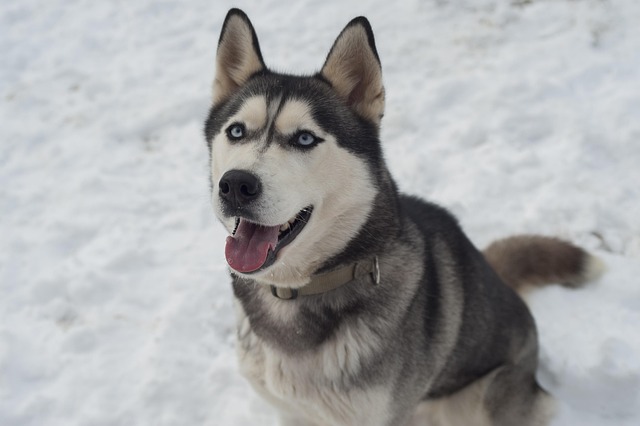
How do i train my dog to be obedient?
Watching your dog dart across the park ignoring your calls isn’t just frustrating—it can put them at risk near busy streets or public spaces.
Finding a surprise puddle on the living room carpet or stepping in something unpleasant during a midnight run to the kitchen can test even the most patient dog owner. It’s not just about keeping your home clean—many cities and neighborhoods have strict rules about pet waste, with fines for leaving messes in public spaces or letting your dog soil shared areas like hallways. Training them to go in a specific spot saves you hassle and keeps you on the right side of local ordinances.
Start by picking the right spot. For apartment dwellers, a designated corner with puppy pads or artificial grass works; for those with yards, choose an area away from play zones and doors. Take them there first thing in the morning, after meals, and before bed—dogs thrive on routine, and these are peak times they’ll need to go. Bring treats in your pocket, and the second they finish, reward them with a tiny snack and excited praise. Positive reinforcement sticks better than scolding, which can just make them scared to go in front of you.
Timing is everything. Puppies under six months can’t hold it long, so take them out every hour or two. If you catch them mid-accident, calmly scoop them up and move them to the designated spot—yelling might make them hide to do their business later, which complicates training. Clean up indoor messes with an enzymatic cleaner, not ammonia-based products; the latter smells like urine to dogs, encouraging them to repeat the mistake.
 Consistency beats perfection. Use the same command each time, like “go potty,” so they learn to associate the phrase with the action. If you’re using a crate, make sure it’s the right size—too big, and they might use one corner as a bathroom. Most places have guidelines on crate training, emphasizing that dogs shouldn’t be confined for hours on end, so balance crate time with frequent breaks.
Consistency beats perfection. Use the same command each time, like “go potty,” so they learn to associate the phrase with the action. If you’re using a crate, make sure it’s the right size—too big, and they might use one corner as a bathroom. Most places have guidelines on crate training, emphasizing that dogs shouldn’t be confined for hours on end, so balance crate time with frequent breaks.
For dogs resistant to outdoor spots, especially in bad weather, try adding a familiar scent. A small amount of their previous waste (scooped from an accident) can signal “this is where you go.” Just remember to clean it up afterward—many communities require pet waste to be bagged and disposed of properly, no exceptions.
If accidents keep happening after weeks of effort, check for underlying issues. Urinary tract infections or anxiety can derail training, and ignoring persistent problems might violate local animal care laws that require addressing a pet’s health needs. A quick vet visit can rule out medical causes and get you back on track.
Once they’ve got the hang of it, keep reinforcing good habits. Even adult dogs can slip up if routines change, like during travel or moving. A little patience and the same consistent cues will remind them where to go. Not only will your home stay cleaner, but you’ll avoid those awkward conversations with neighbors or fines from local authorities—making life better for both you and your well-trained pup.

Watching your dog dart across the park ignoring your calls isn’t just frustrating—it can put them at risk near busy streets or public spaces.

New puppy owners often find themselves rushing to clean up accidents before they set in, and that’s where puppy pad training becomes a game-changer.

If you've noticed your dog's waistline disappearing and your veterinarian has mentioned those few extra pounds, your first instinct might be to simply reduce the amount of food in their bowl.

Training a dog to use a designated spot indoors isn’t as daunting as many new owners fear, but it does take consistency and an understanding of your pet’s needs.

That moment of dread on a walk is all too familiar for many new dog owners. You see another dog approaching down the sidewalk of your neighborhood

If the sight of another dog on your neighborhood walk makes your heart sink as your own dog erupts into a frenzy of barking and lunging, you're not alone.